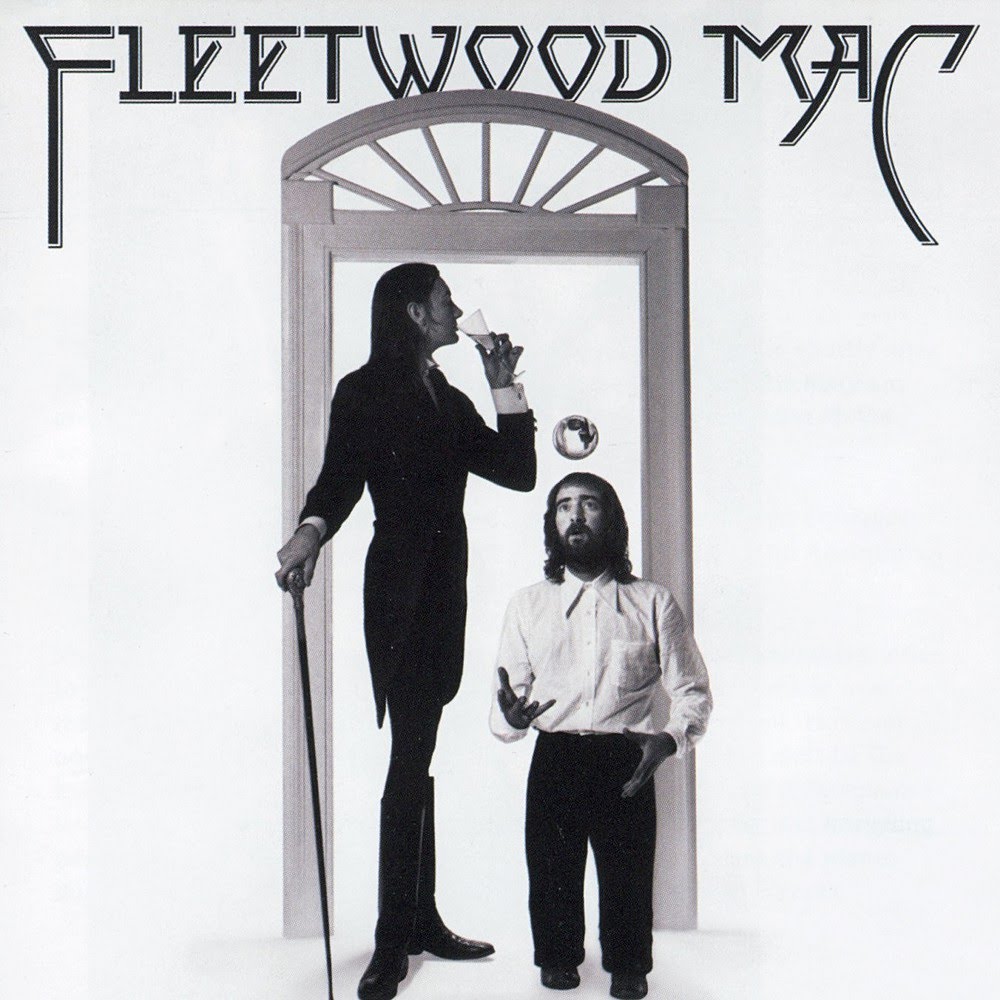The career path of Fleetwood Mac has been a long, complicated and much storied one. Following their Brit-blues-boom beginnings, they enjoyed a flurry of initial success in the UK before band founder Peter Green departed. They would then have difficulty retaining guitar players until American Bob Welch gave them a sense of stability during which they decamped to the USA and effectively started all over again. This period of re-establishment and consolidation inevitably led to them losing Bob Welch, leaving drummer Mick Fleetwood in need of an individual to fill the dual role of six string wrangler and vocalist.
Legend goes that while the band were searching for a new frontman Fleetwood was checking out a studio to record the next album in. The studio staff demonstrated the facilities using the album Buckingham Nicks, which had been recorded their some time previously, leading to Fleetwood to conclude that he very much wanted guitar player Lindsey Buckingham to be the new musical frontman for Fleetwood Mac. Buckingham declared that there was no way he would join the band unless the same invitation was extended to his partner, Stevie Nicks. That was fine by Fleetwood and his partner in rhythm, John McVie, as long as when Nicks met John’s wife and band keyboard player Christine McVie, they got along well. McVie and Nicks evidently bonded, as over the next few years Fleetwood Mac would be catapulted into rock and roll’s international mega-league.
The first fruits of this new ‘California’ model Fleetwood Mac, would be this self titled album on which they set out their stall and made plain their intentions to start all over again. With Buckingham, Nicks and Christine McVie sharing song writing duties and vocals, the result was a sun-baked, glossily produced trans-Atlantic rock album which once American FM rock had tuned in started to sell in eye-watering numbers.
The big hit from the album was “Rhiannon”, a typically moody number by Nicks which would pretty much establish her as the band’s iconic mystical front woman. As much as “Rhiannon” was Nicks’ baby, much of it’s success has to be put down to John McVie’s rumbling bass line, Fleetwood’s drum shuffle, Buckingham’s delicate guitar work and Christine’s keyboard work. A true group effort, it crystalised Fleetwood Mac’s new sound in the ears of their ever-growing audience and confirmed that as long as they were all pulling in the same direction, they were a band capable of great things.
Elsewhere on the album Buckingham’s guitar-work made its mark, however his songs were somewhat overshadowed by “Rhiannon” and “Landslide”, another brilliant Nicks tune which demonstrated that she was as equally capable of penning a rather introverted number, as well as anthemic tunes. Buckingham would also struggle to match Christine Mcvie’s material as well, as her “Over My Head” and “Say You Love Me” proved that the new line up of the band had recharged her creative batteries too. The sole Buckingham composition that truly leaps out is “Monday Morning”, a fine pop-rock number which opens the album and heralds the refreshed band’s new approach.
Having three primary songwriters effectively feeling out their new roles in Fleetwood Mac resulted in an album which, although slathered in promise, doesn’t quite pull together as a satisfying whole. All the ingredients for their future mega-success were there, but they perhaps needed to time to mature and infuse with each other before they were truly at their best. While Fleetwood Mac would re-establish the band as a creative force, it wouldn’t be until their next album that they truly conquered the world.














No Comment